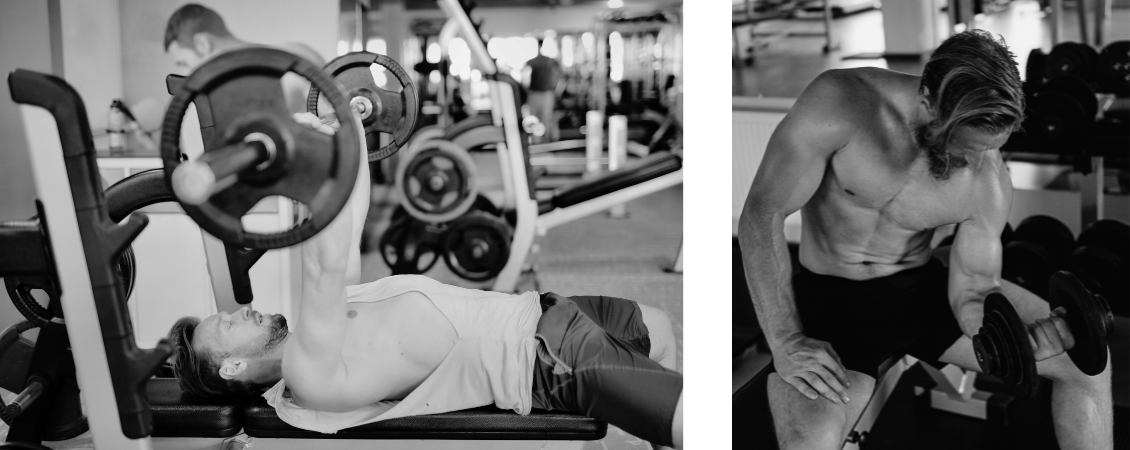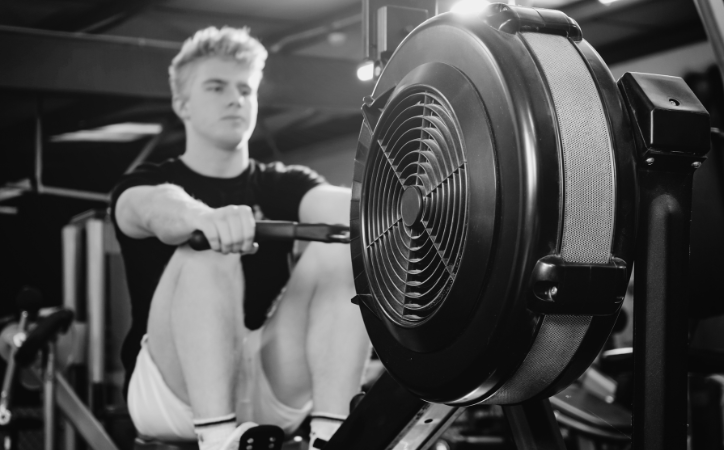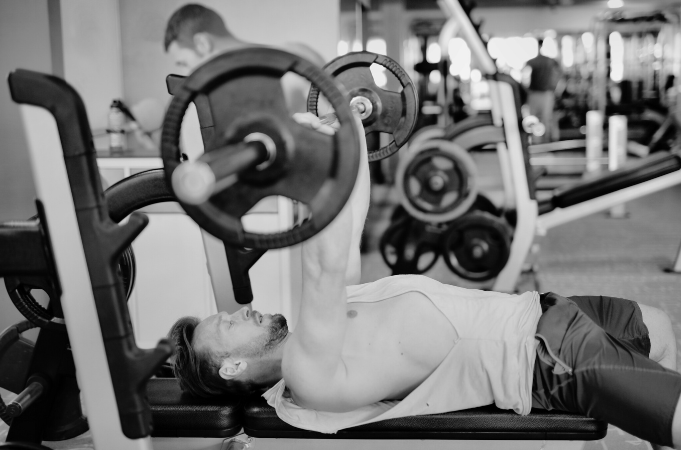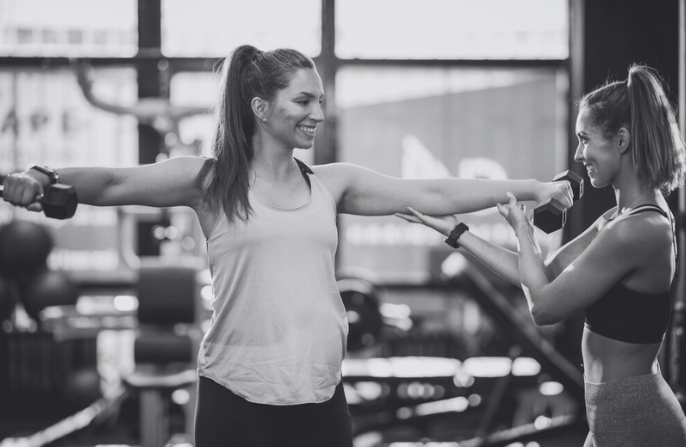What to do when you’re feeling sick from muscle soreness?
Barely able to get up from your chair or struggling to walk down the stairs because of muscle soreness—everyone who does strength training has dealt with this at some point. A little soreness is completely normal. In fact, it’s actually necessary to some extent when it comes to serious muscle growth. It only becomes a problem when the soreness is so intense that you can no longer function normally. Feeling physically sick from muscle pain is by no means a healthy situation. Luckily, you can significantly reduce muscle soreness with the right combination of stretching, nutrition and rest. In this article, we’ll cover everything you need to know about muscle soreness.

What Causes Muscle Soreness?
Muscle soreness after a workout is a well-known phenomenon and is caused by tiny tears in the muscle fibers that occur when your muscles work harder than they’re used to. This can happen due to strength training, cardio or even an intense walk. This type of soreness is known as Delayed Onset Muscle Soreness (DOMS) and typically begins 12 to 24 hours after exercise, peaking around the 48-hour mark. The tears in the muscles trigger inflammation, which is a natural response from the body to start the recovery process. During this recovery, muscles are not only repaired but also strengthened—an essential part of muscle growth and increased strength.
When Do You Experience the Most Muscle Soreness?
Muscle soreness can feel intense, especially with new exercises or when you return to training after a break. It’s most common with eccentric movements, such as lowering a weight in a controlled manner, which places extra tension on the muscle fibers. This leads to more microtears and thus more soreness. Beginners or people significantly increasing their training intensity will often find soreness most severe within the first 24 to 48 hours after training. It’s a natural part of your body’s adaptation process and is often accompanied by stiff, tender muscles, which can even limit everyday movements.
Muscle Soreness Is Not a Measure of a Good Workout
As you train consistently and your body adapts to the workload, the intensity of muscle soreness decreases. Your body becomes stronger and learns to manage the physical stress more efficiently. This doesn’t mean you’re no longer making progress—on the contrary, it means your muscles are adapting and better prepared for the effort. By training regularly, you’ll generally experience less soreness after workouts, especially if you increase intensity gradually and allow enough rest days for recovery. Less soreness does not mean your workout wasn’t effective—the opposite is true!
Physically Sick from Muscle Soreness
Muscle soreness can be more than just a stiff or tender feeling. During intense workouts, tiny muscle tears activate the immune system to repair the damage. This process can cause fatigue, mild fever, headaches and a general feeling of being unwell. Especially after intense efforts or unfamiliar exercises, waste products like lactate can build up, contributing to a drained feeling. The recovery process amplifies this through the production of stress hormones like cortisol, which can temporarily lower your immune response. Some people even experience nausea and disturbed sleep. Although soreness goes away on its own, it’s important to rest, stay hydrated and keep moving gently to support recovery.
Reducing Muscle Soreness with Protein
To reduce muscle soreness and speed up recovery, proper nutrition, enough rest and good sleep are essential. The body needs protein to repair damaged muscle fibers, so a protein-rich diet—with foods like lean dairy, chicken, eggs or plant-based alternatives—helps promote recovery. The whey protein supplement can help on days when you don’t get enough protein from food. For the purest and most absorbable form of whey protein, go for our Beyond Hydrolysate.
Hydration Is Essential for Removing Waste Products
Hydration plays a crucial role in muscle recovery and reducing soreness. Water helps flush out waste products like lactate and other byproducts of intense training. A buildup of these substances can delay recovery and worsen soreness. Drinking enough also supports circulation, which helps oxygen and nutrients reach your recovering muscles faster. This not only boosts recovery but also reduces stiffness and pain after exercising.
Light Movement Combined with Heat
Light activity like walking or gentle stretching can help ease pain and improve blood flow in the muscles. This keeps your muscles flexible and supports the recovery process. Heat therapy—such as a warm bath, sauna or hot shower—can also be effective. Heat relaxes tense muscles and improves circulation, allowing nutrients and oxygen to reach the healing tissues more efficiently. Massages also aid recovery by relieving tension, breaking up knots and improving circulation. This helps speed up recovery and reduces the buildup of waste products like lactic acid, which eases muscle soreness.
Training Without Soreness That Makes You Feel Sick
At Beyond, we help optimize your recovery by ending each workout with a cooldown. This includes static stretches where we hold a muscle in a stretched position for about 15 to 30 seconds. This improves blood flow in the muscle tissue, helping waste products like lactic acid be removed more quickly and allowing more oxygen and nutrients to reach the muscles. This can boost recovery and reduce the risk of intense muscle soreness.







